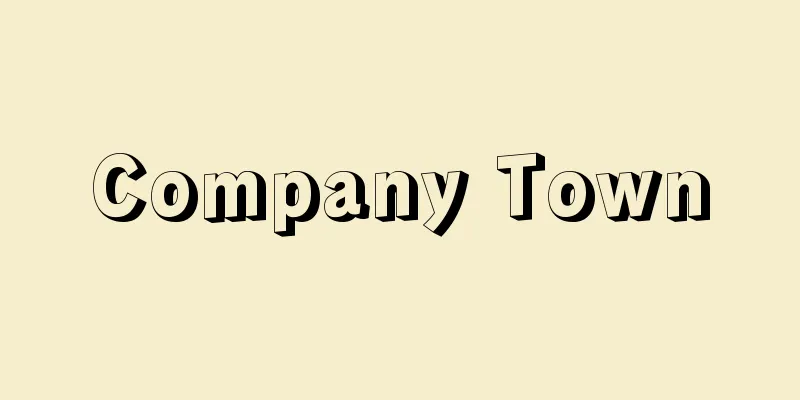Ryukyu leaf-nosed bat

|
It is an animal of the family Pterygota, order Chiroptera, class of mammals. It is endemic to the Yaeyama Islands, and is found only on Ishigaki Island, Iriomote Island, and Yonaguni Island. Its head and body length is 7.9 cm, its forearm length 6.9 cm, and its wingspan is over 35 cm. It has three nasal lobes, anterior, middle, and posterior, similar to the horseshoe bat, but it lacks the central projection seen in the horseshoe bat. The posterior nasal lobe is complex, with three projections on its posterior edge, and is wavy. Males have a well-developed frontal pouch behind the posterior nasal lobe, which secretes a waxy yellowish secretion (the function of which is not well understood). It has two phalanges on each hind leg, which also differs from the three phalanges of the horseshoe bat. The front half of the body surface is pale yellowish brown, and the rear half is dark sepia. They live in caves in groups, sometimes forming large flocks of nearly 2,000 individuals. They leave their roosts before sunset and head to feeding grounds to catch insects. The family of bats to which this species belongs, H. armiger, is distributed in the tropical and subtropical regions of southern Asia, Australia, and Africa, and there are approximately 60 known species. The Formosan long-eared bat, H. armiger , lives in Taiwan, China, and India. [Yoshiyuki Mizuko] © Hidehiko Tamagawa "> Major types of bats (1) [specimen illustrations] Source: Shogakukan Encyclopedia Nipponica About Encyclopedia Nipponica Information | Legend |
|
哺乳(ほにゅう)綱翼手目カグラコウモリ科の動物。八重山(やえやま)列島の特産種で、石垣島、西表島(いりおもてじま)、与那国島(よなぐにじま)にのみ分布する。頭胴長7.9センチメートル、前腕長6.9センチメートル、翼開長35センチメートル以上。キクガシラコウモリに似て鼻葉は前・中・後の3葉からなるが、キクガシラコウモリにみられる中央突起を欠く。後鼻葉は複雑で、その後縁には3突起があり、波状をしている。雄には後鼻葉の後方にろうのような黄色っぽい分泌液(働きについてはよくわかっていない)を出す前頭嚢(ぜんとうのう)が発達する。後ろ足の指骨は各2個で、これもキクガシラコウモリの3個と異なる。体表面の前半部は淡い黄褐色で、後半部は濃いセピア色をしている。洞穴に群れで生息し、ときに2000頭近くの大群をつくる。日没前にねぐらを離れて採食場に向かい、昆虫を捕食する。 本種が属するカグラコウモリ科のものはアジア南部、オーストラリア、アフリカの熱帯・亜熱帯に分布し、約60種が知られる。台湾、中国からインドにかけては、タイワンカグラコウモリH. armigerがすむ。 [吉行瑞子] ©玉川秀彦"> コウモリのおもな種類(1)〔標本画〕 出典 小学館 日本大百科全書(ニッポニカ)日本大百科全書(ニッポニカ)について 情報 | 凡例 |
Recommend
Tokyo [City] - Tokyo
The capital of Japan. It is located almost in the ...
Selection rule - selection rule
Also known as a selection rule or selection law. ...
private automobile policy
…[Takagi Hidetaka] [Nakanishi Hiroki]. … *Some of...
Yokohama Incident
This was the largest case of suppression of freed...
Butt of a tree
〘noun〙① The bottom end of a tree. The part of timb...
Takayama-ji shell mound
<br /> A shell mound site from the early Jom...
Melophagus ovinus (English spelling) Melophagusovinus
...Those with wings fly close to the surface of t...
Matching whetstone - Awasedo
1. Used for finishing after rough grinding; dense ...
Palestinian Talmud
…The original meaning of the Hebrew word is “stud...
Gemeingefühl (English spelling)
…But in this case, touch included all sensations ...
Sideisch
...In general, there are few linguistic documents...
Appendix -
It is a thin, finger-like blind tube that protrud...
Kyoto ware
A general term for ceramics from early modern Kyo...
control configured vehicle
…Abbreviation for control configured vehicle. It ...
Mount Eboshi
Southern Wakayama Prefecture, Shingu City and Higa...









